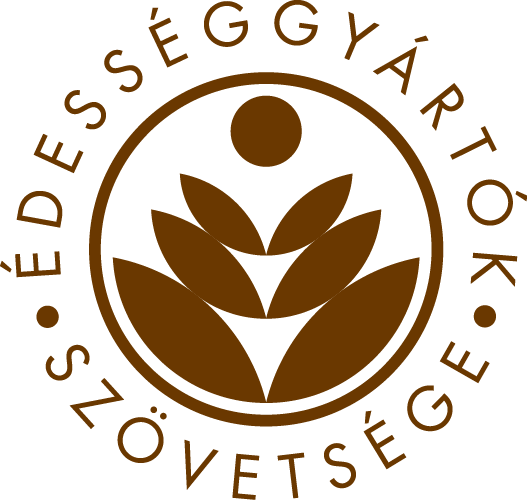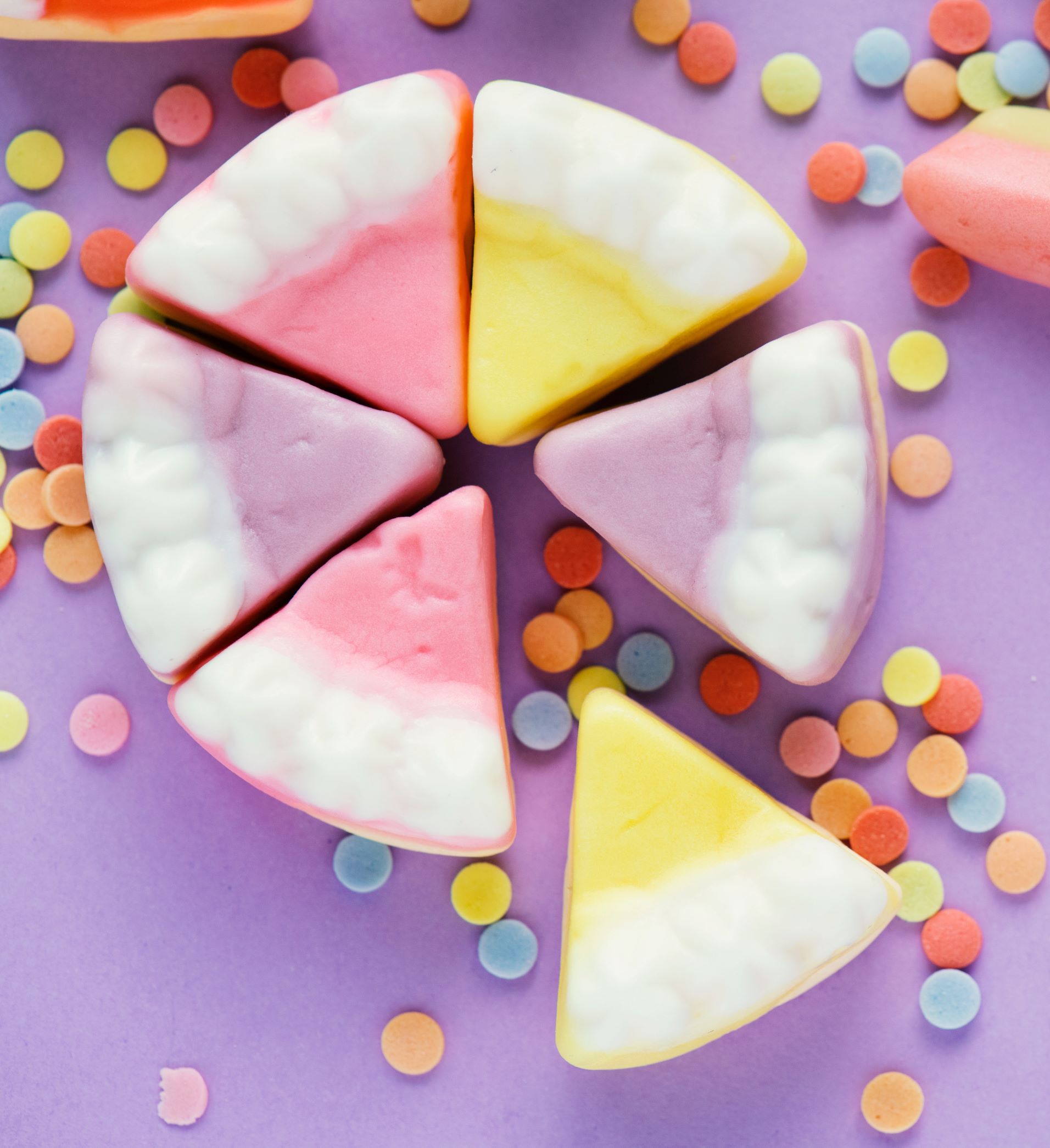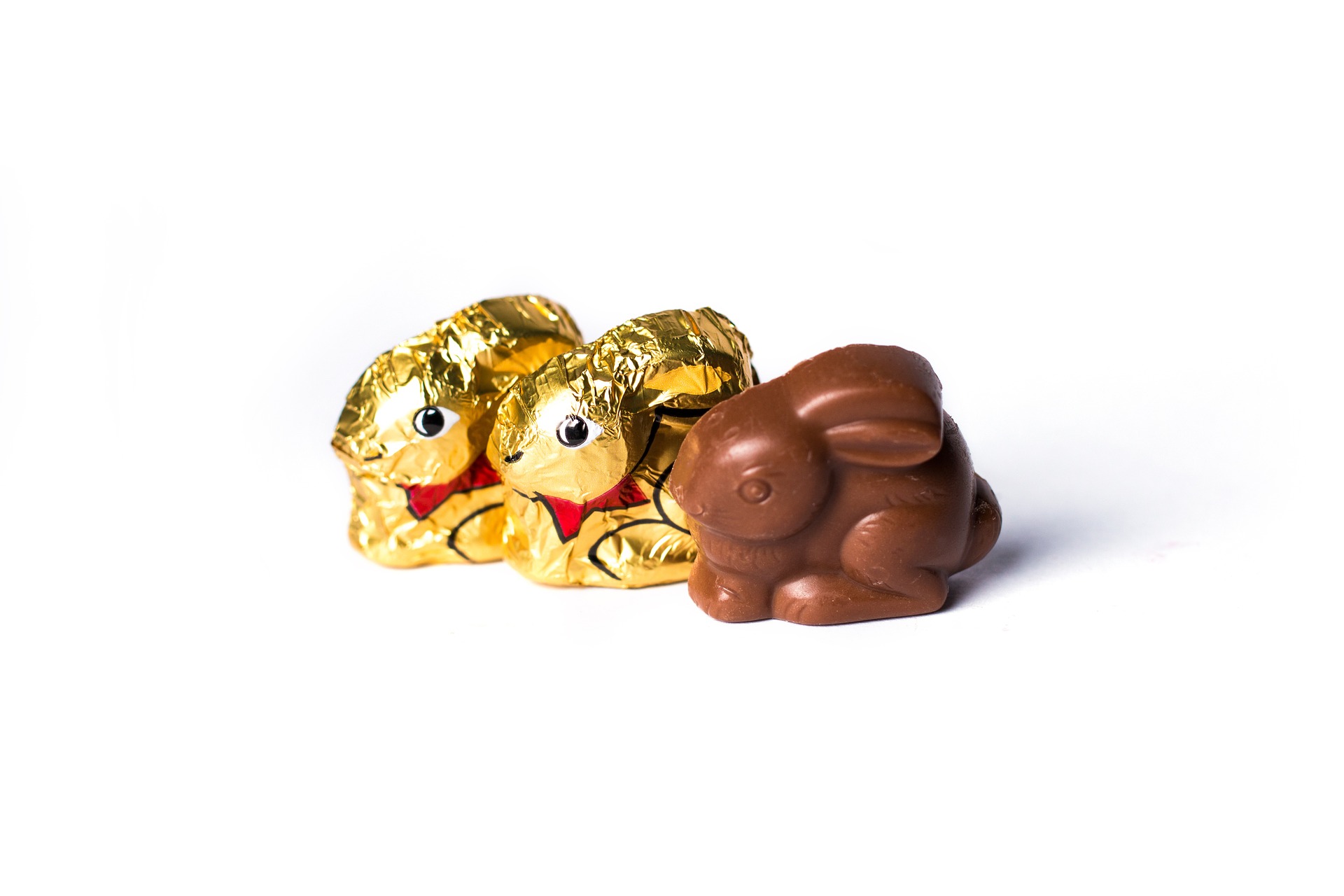Taste is much more complicated than most people would think. The taste is just a tiny ingredient in flavour sensation, we can only differentiate between the 5 basic tastes based on chewing: sweet, sour, salty, bitter and umami. In addition to the taste the perceived aroma is complemented by vision and smell, among other things as well.
In recent years, more research has been carried out to highlight the relationship between vision and taste. In one of these experiments white wine was dyed red and then wine experts were asked to classify the obtained samples. Interestingly the experts used expressions associated with the classification of red wines to describe the wine samples. This also proves that taste is significantly influenced by vision not just in the case of wines but in food as well.
Already in childhood, connections are established in the brain, which is why we associate flavors or feelings with some colors and shapes. The more attractive foods we immediately feel are tastier, while foods that are different in colour, odour or shape to what we are accustomed to, are less preferred.
Another experiment was carried out with students, and lemonade was dyed with blue, red and green food colorants. 100 students were asked which drink tasted the best. The majority chose the blue soft drink because they prefer the flavor of blueberries the most, although each drink was a lemon and lime flavor. They did a similar experiment with vanilla pudding, where ‘chocolate’ pudding was the favourite, which was in fact the same vanilla pudding as the rest with added brown dye.
The latest test was carried out by the well-known Jelly Belly Candy Company’s Jelly Beans with the purpose of finding out how strong the effect of vision is in taste perception. The test participants had to identify the colour and flavour of 5 jelly beans while being blindfolded. Many of the participants particularly liked and knew the jelly beans both in terms of the colour and the flavours, but this did not show up in the results. The majority of participants performed rather poorly in the test, obtaining less than 4 out of 10 points, while there were just a few outstanding performances. Several people claimed after having seen the tasted candy that the taste could now be easily be identified. This experiment is a very good illustration of the close relationship between vision and taste. /video/
The experiments clearly show how important the role of vision is in the sense of taste. We decide not on our tongue, but in our minds, how we sense what we eat. Each colour evokes different feelings, complementing the image forming on our taste buds and olfactory cavities.


